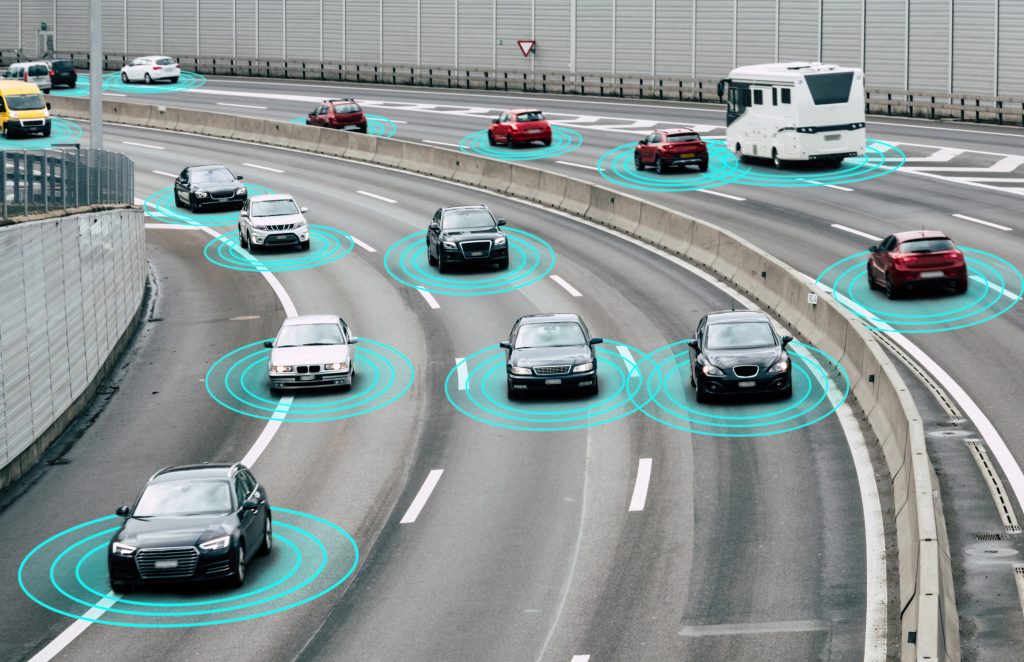There are still many manual tasks and hand-offs taking place throughout the claims process. For simpler claims on the personal lines side, and some small commercial claims, great progress has been made in automating flow and increasing the percentage of claims that are handled with automation. But even among the simpler claims, there are always exceptions or situations requiring experienced adjusters and managers to be in the loop. And as the claims get more complex (especially middle-market, large, specialty, and workers’ comp claims on the commercial lines side), the value of applying human expertise and experience to decisions increases.
What types of tasks in the claims process are best suited for automation, and how can that automation enable higher-level insights to improve the process and outcomes? Although adjusters are not normally involved in the first-notice-of-loss (FNOL) or first-report-of injury (FROI) process, the ability to capture more of that information in digital, organized, structured data forms establishes the potential for further automation to aid adjusters as they handle the claim. The follow-on steps of coverage checks, triage, and assignment are easier to automate if the initial report is captured in a digital form. The challenge, of course, is that often the FNOL/FROI and supporting information comes in from industry forms, police reports, emails, or voice transcriptions – all unstructured data formats. Natural Language Processing (NLP) technologies have made a great leap forward and now offer the potential for high accuracy rates and enable the acceleration of all these front-end steps.
Ultimately, the information required by an adjuster to assess the damage or injury reaches them sooner and is organized in a manner that is more easily consumed. Instead of adjusters being involved in some of those front-end tasks like chasing down data, converting data, or reading through written reports and forms, the information is packaged for them so that they can focus on what they do best – interacting with claimants, developing estimates, and creating restitution plans.
The added benefit of having data in digital, structured data formats is that it makes the application of machine learning and predictive modeling tools possible. Providing adjusters with scores or indicators of potential fraud, litigation, or subrogation, or using AI for reserving equips the adjuster with more insight to drive better outcomes for all involved.
Although there could be some claim adjusters who revel in the mundane, finding satisfaction in low-level, repetitive tasks, or handling simple claims, most adjusters want to leverage their expertise, be challenged by more complex claims, and are passionate about helping customers. Automating each claim up to the point where the human element is needed offers the potential to find the optimum balance of technology and human expertise. This can lead to efficiencies, improved outcomes, satisfied claimants, and adjusters that are valued for their contributions.
About the Author
Mark Breading, SMA Partner, is a recognized expert in advanced technologies and their implications for the insurance industry. He has exceptional knowledge of digital strategies, InsurTech, transformational technologies, and distribution in insurance. Contact Mark at [email protected] or 1.614.562.8310. Follow Mark at @BreadingSMA on Twitter.
automationclaimsfirst notice of lossfnolFROINLP
